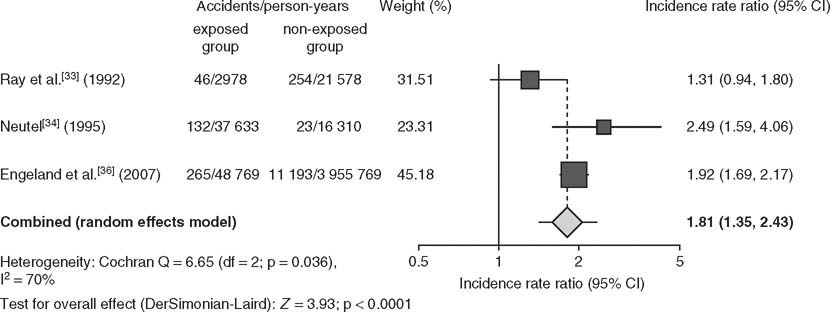

β-Lactam antibiotics are the most widely used antibacterial agents at present and block bacterial cell walls due to their covalent bond with basic penicillin-binding proteins (PBPs). With the increasing awareness of MDR and ARGs in the world, proposing strategies to prevent and control clinical infection is an urgent task. A large number of studies have shown that MDR mainly focuses on gram-negative bacteria, especially carbapenem-resistant Enterobacteriaceae (CRE) and carbapenem-resistant Acinetobacter baumannii (CRAB). The emergence and spread of multidrug-resistant bacteria (MDR) and antibiotic resistance genes (ARGs) have become an international public health crisis.

Resistant bacteria and resistance genes can be transmitted to humans via the food chain and environments, which leads to a variety of infectious illnesses, including norovirus and hepatitis A. The detailed generalization of crystal structure, enzyme activity center and catalytic mechanism, variants and global distribution, mechanism of action of existing inhibitors, and the development of scaffolds provides a reference for finding potential clinically effective NDM-1 inhibitors against drug-resistant bacteria.Ībusing the use of antibiotics causes the mass production of resistant bacteria and resistance genes. This review summarizes the research related to the development and optimization of effective NDM-1 inhibitors. Given the clinical correlation of β-lactam antibiotics and NDM-1-mediated resistance, the discovery, and development of combination drugs, including NDM-1 inhibitors, for NDM-1 bacterial infections, seems particularly attractive and urgent.

Of these, New Delhi metallo-β-lactamase-1 (NDM-1) represents the most disturbing development due to its substrate promiscuity, the appearance of variants, and transferability. Unfortunately, the emergence of antibiotic resistance genes (ARGs) has severely astricted the application of β-lactam antibiotics. β-Lactam antibiotics have become an important weapon to fight against pathogen infections due to their broad spectrum. Multidrug bacterial resistance endangers clinically effective antimicrobial therapy and continues to cause major public health problems, which have been upgraded to unprecedented levels in recent years, worldwide.


 0 kommentar(er)
0 kommentar(er)
